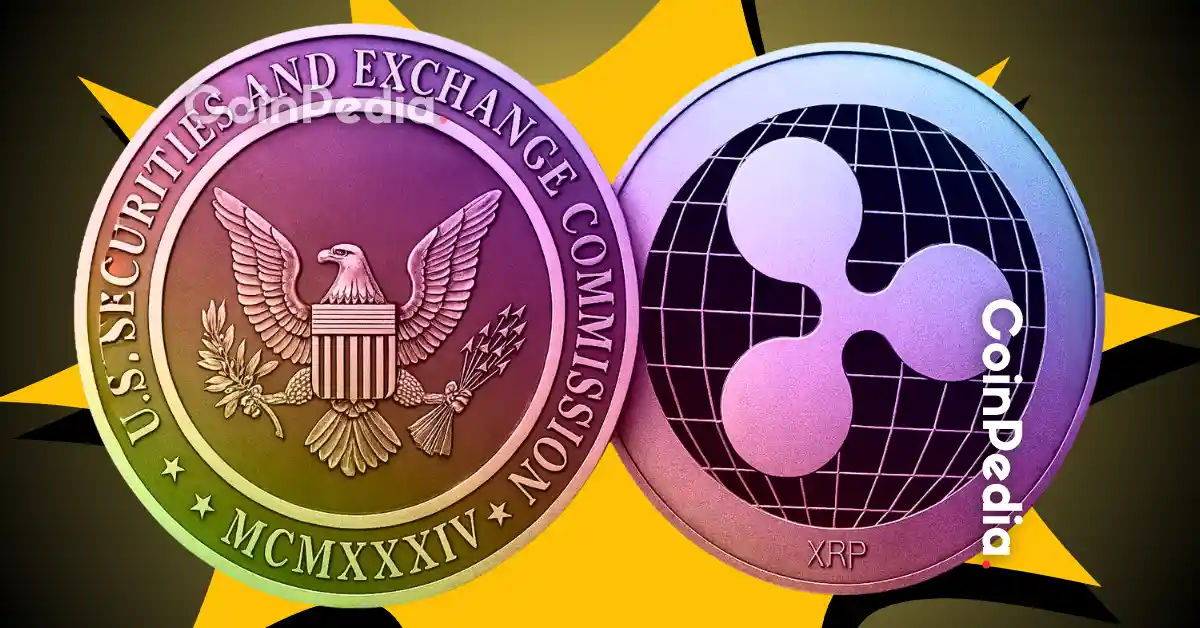The Ripple vs. SEC Saga: A Path to Resolution
The legal battle between Ripple Labs and the U.S. Securities and Exchange Commission (SEC) has been a defining narrative in the cryptocurrency world for years. As the case inches toward its conclusion, the implications for Ripple, XRP, and the broader digital asset industry become increasingly significant. This report delves into the current state of the lawsuit, the timeline for resolution, and the potential impact on the market.
The Long Road to (Potential) Resolution
The lawsuit, initiated by the SEC in December 2020, alleges that Ripple’s sale of XRP constituted an unregistered securities offering. This case has been a contentious issue, with significant implications for the broader cryptocurrency industry. The legal battle has seen numerous twists and turns, impacting XRP’s price and causing considerable uncertainty among investors. The case has also sparked debates about regulatory clarity and the classification of digital assets.
Dropping the Appeals: A Sign of the End?
A pivotal moment in the case occurred when Ripple and the SEC both decided to drop their respective appeals. Ripple initially filed a cross-appeal, but later withdrew it, coinciding with the SEC’s indication that it would drop its appeal as well. This mutual decision to forgo further appeals strongly suggests a move toward settlement and a final resolution of the dispute. Ripple agreed to pay a reduced penalty of $50 million to settle with the SEC, down from the initial $125 million. The SEC will retain this $50 million as part of the settlement.
The SEC’s Internal Process: A Potential Bottleneck
Despite the apparent agreement to drop the appeals, the process isn’t yet complete. The SEC’s internal procedures require a formal vote to approve the withdrawal of the appeal. This process, as highlighted by former SEC lawyer Marc Fagel, can take time, potentially spanning one to two months. Scheduling and procedural formalities within the SEC contribute to this timeline. The SEC needs to complete its internal process and approve the withdrawal. Once done, both parties need to jointly notify the court.
The Role of Judge Analisa Torres
Judge Analisa Torres has played a crucial role in overseeing the Ripple vs. SEC case. Once the SEC finalizes its internal process and both parties jointly notify the court, Judge Torres’s previous rulings and penalties will fully take effect, officially closing the case. Her rulings have been instrumental in shaping the legal landscape of the case, and her final approval will mark the end of this chapter.
Potential Delays and Frustrations
The delay caused by the SEC’s internal voting process has been a source of frustration for the XRP community. Many had anticipated a swift conclusion after Ripple publicly announced its intention to withdraw its appeal. However, the procedural requirements within the SEC have introduced a lag, extending the timeline for final resolution. This delay has led to speculation and uncertainty, with investors and stakeholders eagerly awaiting the final outcome.
Impact on XRP ETF and Market Momentum
The ongoing uncertainty surrounding the Ripple case also has implications for potential XRP-based Exchange Traded Funds (ETFs). Delays in resolving the legal issues could stall the filing and approval process for an XRP ETF, potentially limiting bullish momentum in the market. The resolution of the case is seen as a critical step toward gaining regulatory clarity, which could pave the way for the approval of an XRP ETF.
The 60-Day Pause
To facilitate a final resolution, the SEC and Ripple jointly requested and were granted a 60-day pause in legal proceedings related to their cross-appeal. This pause allows both parties additional time to finalize the terms of the settlement and reach an agreement on how to end their legal battle amicably. The 60-day pause is designed to allow both parties to agree on how to end the legal battle amicably.
Regulatory Clarity and Digital Asset Policy
Legal experts view the procedural filings and coordinated efforts between Ripple and the SEC as positive signals indicating a move toward regulatory clarity for XRP. It suggests that Ripple is aligning with updated SEC digital asset policy, which could have broader implications for the cryptocurrency industry. The resolution of this case could set a precedent for how other digital assets are classified and regulated, providing much-needed clarity for the industry.
Key Milestones and Timelines
- April 2025: Ripple signs a settlement agreement.
- Early May 2025: The SEC follows suit.
- July 2025: Both parties agree to drop their appeals.
- 1-2 months: Estimated time for the SEC to complete its internal voting process to approve the withdrawal of the appeal.
- October 2025: Legal analysts believe the final legal closure could be delayed until October.
Remaining Questions
Despite the progress made, several questions remain:
- What specific factors are influencing the SEC’s internal voting timeline?
- How will the final resolution of the Ripple case impact the broader regulatory landscape for cryptocurrencies?
- When will a XRP ETF happen?
Conclusion: A Cautiously Optimistic Outlook
While the Ripple vs. SEC saga is nearing its end, the exact timeline for final closure remains uncertain. The SEC’s internal processes and procedural formalities could extend the resolution by weeks or even months. Once the SEC completes the formalities, the entire matter will be put to rest. Despite these potential delays, the mutual decision to drop appeals, the reduced penalty, and the coordinated efforts between Ripple and the SEC suggest a cautiously optimistic outlook. The resolution of this high-profile case could bring much-needed clarity to the cryptocurrency market and pave the way for future innovation and growth in the digital asset space. The light at the end of the tunnel is growing brighter, but the final steps require patience and vigilance.





